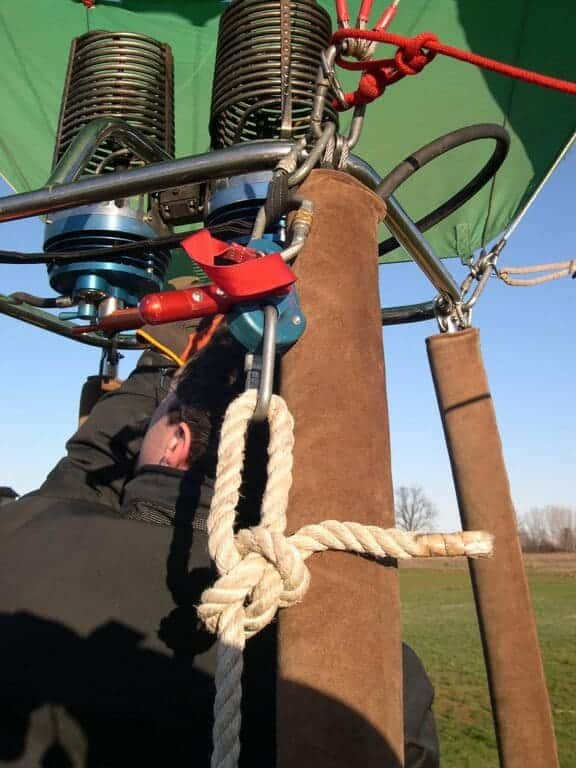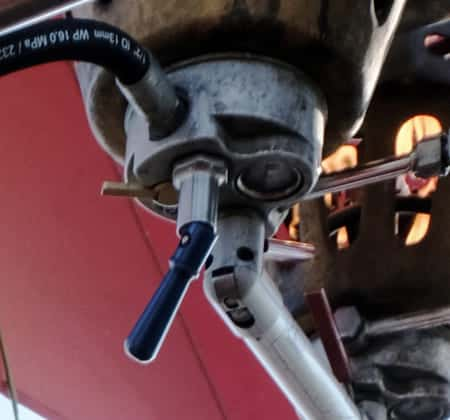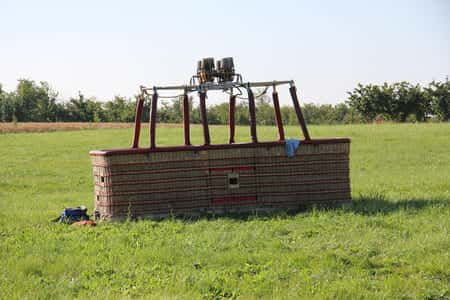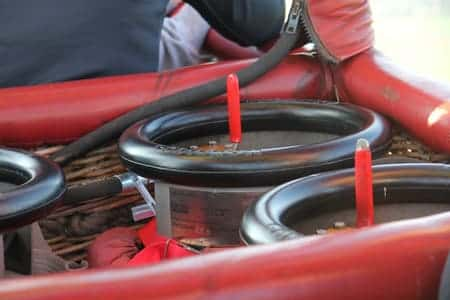About us
Slowfly was born from the passion for flight and freedom.
Ours are all professional balloon pilots with over 2,000 hours of flying experience.
We are certified by Enac (National Civil Aviation Authority) for commercial flights with hot air balloons in Italy. This allows us to provide a professional and safe service, an essential guarantee, in compliance with the regulations in force and with the necessary insurance coverage.
We organize trips and events, we offer advertising services for companies, we educate future pilots.
Our awards
We are Italian Champions 2009, 2010 and 2017. We won the first three editions of the Monregalese trophy (national competition).
We participate in international events in France, Switzerland, Germany, United States of America, Mexico, Spain, United Kingdom, Ireland, Austria, Hungary, Croatia, United Arab Emirates, Myanmar, Luxembourg, Japan, Qatar, Poland.
We participated in the European Championships in France 2009, Spain 2011 and Hungary 2015 and the World Championships in Hungary 2019, Japan 2016 and Austria 2018.
Maintenance for hot air balloons
We are an authorized maintenance and overhaul center for the continuous airworthiness of all major brands of balloons:
- Cameron Balloons Ltd;
- Ultramagic SA;
- Lindstrand Balloons;
- Lindstrand Technologies;
- Kubicek Balloons;
- Schroeder Fire Balloons.
ENAC IT.CAO.0009 certified. For information, visit our maintenance page.
Slowfly is an Enac (National Civil Aviation Authority) certified company for commercial balloon flights in Italy. The following certifications are a guarantee of a professional and safe service, in compliance with the regulations in force and with the required insurance coverage.
-
EASA Declared Balloon Operator IT.DEC_B.0009
-
EASA CAO certified IT.CAO.0009
-
EASA Declared Training Organisation IT.DTO.073
-
Air Operator Certificate n. I-150 B
-
Aerial Work Certificate (COLA) I-076LA
-
Old inspector n.399 BBAC CAO (UK.CAO.0049)
-
Instructor n.167 of the BBAC flight school
HOW DOES A BALLOON WORK?
The balloon exploits the Archimedes principle: “a body, partially or entirely immersed in a fluid, receives a thrust from the bottom upwards equal to the weight of the fluid it displaces”. The atmosphere is a “fluid” that exerts the same pressure on every particle it contains.
By heating the air in the balloon, the density decreases and therefore the weight. This causes the balloon to move upwards. As an indication, to lift a total weight of 750 kg you need a balloon whose envelope can contain about 2,200 cubic meters of air.
The operation of the hot air balloon ensures moments of silence and absolute peace. When you reach the desired altitude and in the presence of optimal weather conditions, in which the burner may not be working, you are literally suspended in the air.

The envelope
The Envelope is made of nylon (or polyester) panels sewn together with load tapes, both longitudinal and parallel to the base. The fabric has a structure called ripstop whose texture is formed by small squares that prevent a hole or a tear from spreading further. All this to ensure total safety in flight.
At the base of the balloon, the scoop (the triangle of fabric that acts as a firewall) and the first round of panels are made of Nomex, a heat-resistant material. Recently, nylon-based and silicone-treated fabrics called Hyperlast have been introduced on the market. These heavier fabrics should guarantee a longer average life for nylon balloons.
Some balloons, especially large ones or advertising balloons, have rotation vents. These vents are nothing more than lateral openings, controlled by the pilot, which, by letting hot air escape, can make the balloon rotate on itself, but not direct it. The balloon is not dirigible and follows the air currents.

The burner
The burner heats the air inside the envelope, transforming the propane gas (LPG) into a flame. The gas is contained under pressure in the cylinders in the liquid state. Acting on the burner valves opens and closes the flow. This flow of gas in the liquid state, rises in the hoses, enters the burer coils which allows it to be heated, transforming it from liquid to gaseous.
Then it reaches the nozzles and ignites in contact with a small pilot flame. The power released by a standard double burner is equal to about 24,000,000 Btu (British Thermal Unit) or 6,050,000 Kcal or 7.0 MW with a noise of about 99 dBA.

The Whisper valve
In addition to this very powerful flame, the burner is equipped with a valve called whisper (blue in the photo). This valve anticipates the exit of the liquid gas, which consequently does not become gaseous, and produces a less powerful and decidedly quieter flame. This valve is activated whenever you fly over farms of animals susceptible to noise such as horses, chickens etc.

The balloon basket
How is the balloon basket made? The Basket is made of a wicker weave. To this day it is the only material that has proved flexible and durable. The entire structure is reinforced by aluminum tubes which, in turn, are connected to the burner frame and to the envelope with steel cables (photo on the left). Inside are the tanks, the on-board instrumentation, the pilot and ... of course: the passengers!

The fuel tanks
The fuel tanks contain liquid propane. They are made of stainless steel, titanium or aluminum and can hold up to 40 kg of LPG.

The instruments
The necessary tools for flying in a Hot Air Balloon are:
- the variometer to display the rate of ascent or descent;
- The altimeter;
- the thermometer, which connected to a probe placed inside the envelope, allows us to keep the internal temperature under control, which should not exceed 120 degrees;
- VHF and aeronautical radios, GPS and transponder.

Load tapes and maneuvering ropes
The load tapes are connected to steel cables tosupport the entire structure of the balloon. The white/red cord is used to operate the valve located at the top of the envelope. This valve is also called a parachute valve. Pulling the rope opens the valve to let the hot air out and thus deflate the balloon once it is on the ground.
By operating the valve in flight, and only for a few seconds, the descent of the balloon can be maneuvered more quickly. Balloons equipped with turnong vents will have other strings like this, but of a different color, to operate the vents themselves.
Some balloons are also equipped with a red cord which is used to activate the rapid deflation valve (used only on the ground).
The balloon is the romantic dream of a time when inventions didn't necessarily have to be used for anything, but were stairs of the imagination.
Flying in the silence of nature, carried by the wind and dreams,
it's a journey in a hot air balloon.
Nobody looks at what is in front of their feet:
everyone looks to the stars.









